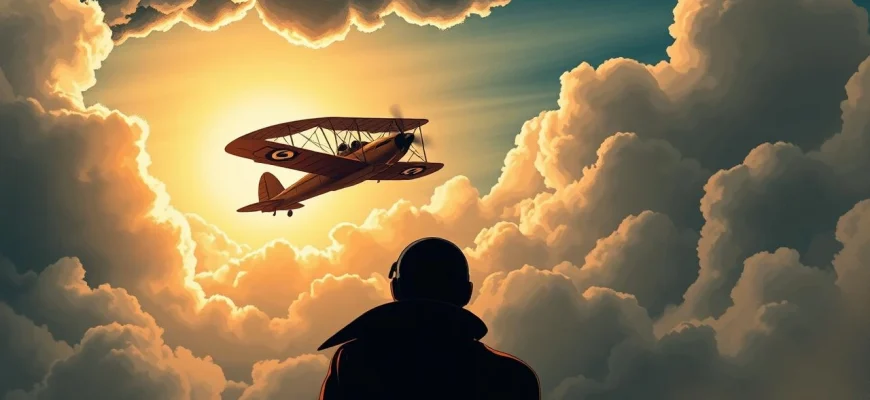If you loved 'The Aviator (1985)' and are looking for similar films or shows that capture its thrilling aviation drama, intense character arcs, and high-stakes storytelling, you're in the right place. This article explores 10 movies and TV series that share the same spirit of adventure, ambition, and historical intrigue. Whether you're a fan of aviation history, gripping biopics, or tales of daring pioneers, these recommendations will keep you on the edge of your seat.
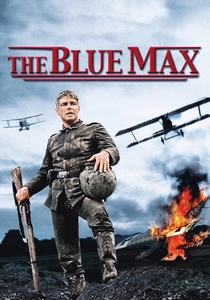
The Blue Max (1966)
Description: This film shares with 'The Aviator' a focus on the early days of military aviation and the personal ambition of its protagonist. Both movies explore the psychological and physical challenges of flying, set against the backdrop of war. The aerial combat sequences and period detail are notable in both.
Fact: The film features some of the most realistic WWI dogfight sequences ever filmed. It was shot in Ireland, using authentic period aircraft. The score was composed by Jerry Goldsmith, who later won an Academy Award.
 Watch Now
Watch Now 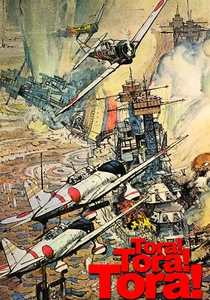
Tora! Tora! Tora! (1970)
Description: Both 'Tora! Tora! Tora!' and 'The Aviator' are historical dramas that meticulously recreate significant events in aviation history. They share a commitment to technical accuracy and a multi-perspective narrative approach. The films also highlight the strategic and human aspects of aerial warfare.
Fact: The film was a co-production between American and Japanese studios. It was praised for its balanced portrayal of both sides of the Pearl Harbor attack. Many of the flight scenes used actual WWII-era aircraft.
 Watch Now
Watch Now 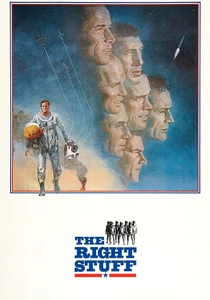
The Right Stuff (1983)
Description: Similar to 'The Aviator' (1985), 'The Right Stuff' explores the daring and often perilous world of aviation, focusing on the early days of the U.S. space program. Both films highlight the courage and determination of pilots and aviators, with a strong emphasis on historical accuracy and the human spirit. The visual aesthetics of flight sequences and the portrayal of real-life aviation heroes are key similarities.
Fact: The film is based on Tom Wolfe's 1979 book of the same name. It won four Academy Awards, including Best Original Score. The movie features a mix of real NASA footage and meticulously recreated flight scenes.
 Watch Now
Watch Now 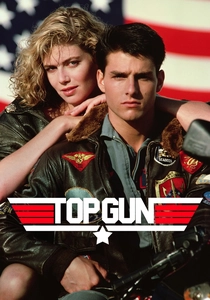
Top Gun (1986)
Description: 'Top Gun' and 'The Aviator' both celebrate the skill and daring of pilots, with a strong emphasis on the thrill of flight. While 'Top Gun' is more action-oriented, both films explore the personal and professional lives of aviators, with stunning aerial cinematography. The themes of competition and the pursuit of excellence are central to both.
Fact: Tom Cruise performed many of his own stunts in the film. The movie led to a significant increase in U.S. Navy recruitment. The aerial sequences were filmed with real Navy pilots and aircraft.
 Watch Now
Watch Now 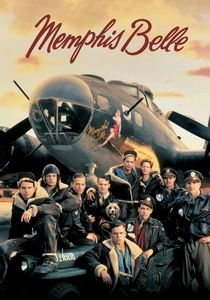
Memphis Belle (1990)
Description: Like 'The Aviator', 'Memphis Belle' focuses on the bravery and camaraderie of a bomber crew during WWII. Both films emphasize the dangers of early aviation and the personal stories of those who risked their lives in the air. The detailed recreation of period aircraft and missions is a strong point of similarity.
Fact: The film is based on the real B-17 Flying Fortress and its crew. Director Michael Caton-Jones insisted on using real aircraft rather than models or CGI. The movie's aerial sequences were filmed with the help of the Royal Air Force.
 Watch Now
Watch Now 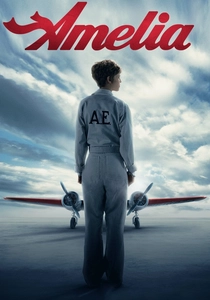
Amelia (2009)
Description: 'Amelia' shares with 'The Aviator' a biographical focus on a pioneering aviator, Amelia Earhart. Both films delve into the personal and professional challenges faced by their protagonists, set against the backdrop of early 20th-century aviation. The themes of ambition, adventure, and the relentless pursuit of dreams are central to both stories.
Fact: Hilary Swank, who plays Amelia Earhart, underwent extensive flight training for the role. The film was released on the 70th anniversary of Earhart's disappearance. It features original footage from Earhart's flights.
 Watch Now
Watch Now 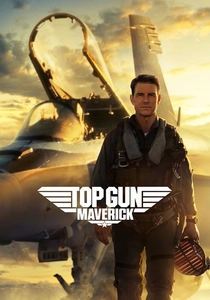
Top Gun: Maverick (2022)
Description: This sequel to 'Top Gun' continues the themes of aviation excellence and personal redemption seen in 'The Aviator'. Both films feature protagonists who are deeply passionate about flying, with a focus on the technical and emotional aspects of aviation. The breathtaking flight sequences and character-driven narratives are key similarities.
Fact: The actors underwent intense flight training to prepare for their roles. The film was delayed multiple times due to the COVID-19 pandemic. It features some of the most realistic aerial combat scenes ever filmed, with minimal CGI.
 Watch Now
Watch Now 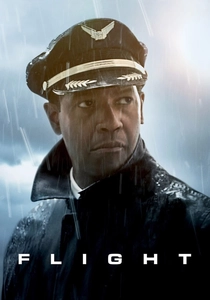
Flight (2012)
Description: Like 'The Aviator', 'Flight' examines the life of a pilot with a complex personal life, focusing on themes of heroism, addiction, and redemption. Both films feature intense, realistic flight sequences and explore the psychological toll of aviation on its protagonists. The moral dilemmas and human flaws of the main characters are central to both narratives.
Fact: Denzel Washington's performance earned him an Academy Award nomination. The crash sequence was praised for its realism and technical accuracy. Director Robert Zemeckis used minimal CGI, relying on practical effects for most flight scenes.
 Watch Now
Watch Now 
The Wind Rises (2013)
Description: This animated film shares with 'The Aviator' a deep fascination with aviation and the life of a visionary aircraft designer. Both films blend historical events with personal drama, exploring the intersection of creativity, ambition, and the moral implications of technological advancement. The visual poetry of flight is a key element in both movies.
Fact: It was Hayao Miyazaki's final film before his initial retirement. The protagonist is loosely based on Jiro Horikoshi, designer of the Mitsubishi A6M Zero. The film's score was composed by Joe Hisaishi, a frequent collaborator with Miyazaki.
 Watch Now
Watch Now 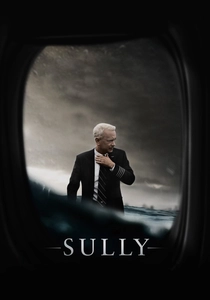
Sully (2016)
Description: 'Sully' and 'The Aviator' both depict real-life aviation heroes, with a focus on their professional challenges and public perception. Both films use a combination of dramatic storytelling and technical detail to portray the intricacies of flight and the pressures faced by pilots. The themes of trust in one's skills and the scrutiny of the media are prominent in both.
Fact: Tom Hanks spent time with the real Chesley 'Sully' Sullenberger to prepare for the role. The film uses IMAX cameras to enhance the realism of the flight sequences. It was shot in just 35 days, a relatively short production schedule for a major film.
 Watch Now
Watch Now 
